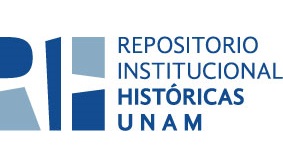History and the Ahuitzotl Box
Resumen
This paper studies both the Ahuitzotl Box fragment at the British Museum as well as the lid at the Ethnologisches Museum in Berlin, and moves away from previous interpretations, mainly those of Seler, Umberger and Pasztory’s. Seler was strongly inclined toward symbolic interpretations and his study of the box followed that approach. We evaluate and consider the previous approaches. However, we have taken a historical slant, identifying the glyph on the box as that of Chalco. The box is further interpreted as a commemoration of the liberation of the Chalca cities from direct Aztec rule, by reading the chalchihuitl glyph as the place-glyph for Chalco. Este artículo estudia el fragmento de una caja que se encuentra en el Museo Británico, así como su tapa perteneciente al Museo Etnológico de Berlín. En este trabajo nos alejamos de las interpretaciones previas, aunque las analizamos y las evaluamos. Nuestra interpretación tiene un enfoque histórico. Identificamos el glifo que aparece esculpido en la caja como el glifo de Chalco. Interpretamos así los relieves que aparecen en la caja como una conmemoración de la liberación de las ciudades chalcas del mando azteca, al leer el glifo chalchihuitl como el toponímico de Chalco
Cómo citar
Baquedano, Elizabeth y Ross Hassig . "History and the Ahuitzotl Box". Estudios de Cultura Náhuatl, Vol. 52 (2016): 151-167. Edición digital en PDF. Disponible en https://nahuatl.historicas.unam.mx/index.php/ecn/article/view/77809/68858, Disponible en Repositorio Institucional Históricas‑UNAM, http://hdl.handle.net/20.500.12525/6927Consulte el texto completo
Acceder al recursoConsulte el número/libro completo
https://nahuatl.historicas.unam.mx/index.php/ecn/issue/view/5821Aparece en las colecciones
Excepto si se señala otra cosa, la licencia del ítem se describe como http://creativecommons.org/licenses/by-nc-nd/4.0




